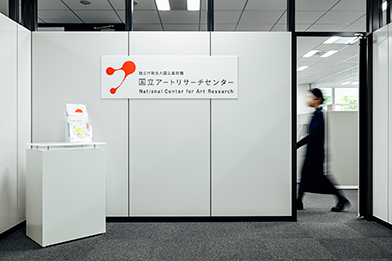Our Museums
Independent Administrative Institution National Museum of Art, is a central center for the promotion of art, with the mission of creating and developing artistic culture in Japan and fostering the aesthetic sensibility of the people. The National Museum of Modern Art, Tokyo, National Crafts Museum, The National Museum of Modern Art, Kyoto, National Film Archive of Japan, The National Museum of Western Art, The National Museum of Art, Osaka, and The National Art Center,Tokyo are established, and each museum is developing unique and diverse activities in line with its own characteristics.
 The National Museum of Modern Art, Tokyo
The National Museum of Modern Art, Tokyo
Located near the Imperial Palace, this is the first National Museum of Art in Japan. It holds almost 14,000 works of modern and contemporary art, including 18 national important cultural properties by artists such as Yokoyama Taikan and Kishida Ryusei, with about 200 works exhibited at a time based on appropriate themes and perspectives. Visitors can trace in one sweep the current of Japanese art from the end of the 19th century to the present day. The scenery of the Imperial Palace and buildings in the Marunouchi area offered from the lounge “A Room with a View” on the top floor is also not to be missed.
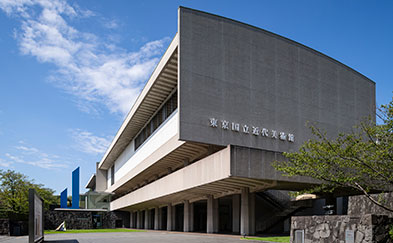
Located near Kanazawa’s Kenrokuen Garden, this museum specializes in modern and contemporary crafts and design from Japan and overseas. It houses over 4,000 works in numerous fields of crafts and design including ceramics, glass, lacquerware, woodwork, bamboo work, textiles, dolls, metalwork, industrial design, and graphic design. It also has the relocated studio of traditional Japanese lacquer artist Matsuda Gonroku, an art library with a collection of specialized books, and a museum shop featuring exclusive products. Another highlight is the buildings, former army facilities from the Meiji period (1868–1912).
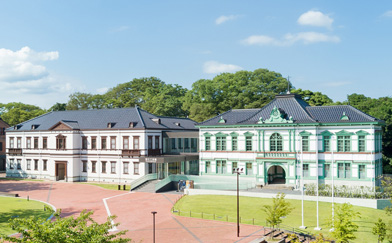
 The National Museum of Modern Art, Kyoto
The National Museum of Modern Art, Kyoto
This art museum is located inside the lushly green Okazaki Park. Its collection consists of a total of about 13,000 works. Focusing on art from western Japan and especially Kyoto, it houses a wide range of works including not only crafts such as ceramics, textiles, metalwork, wood and bamboo work, and jewelry but also Japanese paintings, Western-style paintings, prints, sculptures, and photographs. The free relaxation space on the fourth floor offers vistas of the Higashiyama district as well as a close view of the great torii gate of Heian Jingu Shrine.
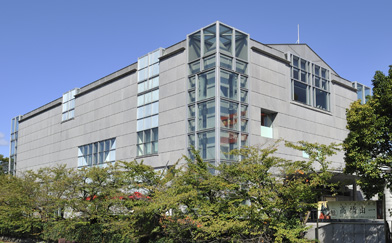
 National Film Archive of Japan
National Film Archive of Japan
As Japan’s only national film institution, the Archive works to promote film culture through preserving, researching, and exhibiting films. It houses numerous films consisting mainly of Japanese ones, including the oldest surviving Japanese film Momijigari (Maple Viewing) and Ozu Yasujiro’s Tokyo Story, as well as documentaries and animated films. Featuring a theater, permanent exhibitions teaching about the history of Japanese cinema, and a library with the largest number of books dedicated to film in Japan, the Archive screens films and exhibits film-related materials.
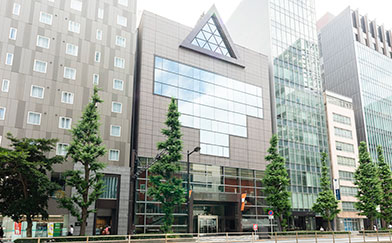
 The National Museum of Western Art, Tokyo
The National Museum of Western Art, Tokyo
This museum with a main building designed by the French architect Le Corbusier specializes in Western art. It houses over 6,000 works centering around the Matsukata Collection and exhibits works of Western art from the Middle Ages to the mid-twentieth century by painters and sculptors such as Degas, Van Gogh, and Rodin. In 2016, the National Museum of Western Art, Tokyo, became the twentieth World Heritage site in Japan as one of the sites in the Architectural Work of Le Corbusier, an Outstanding Contribution to the Modern Movement.
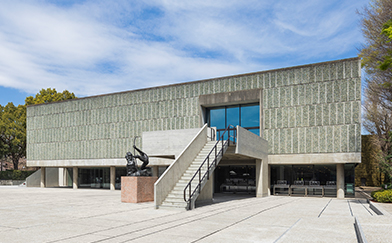
 The National Museum of Art, Osaka
The National Museum of Art, Osaka
Located on the waterfront of Nakanoshima, Osaka, this is a completely underground museum, a rarity worldwide. The building designed by Argentinian-born American architect César Pelli was inspired by the vitality of bamboo and the evolution and growth of contemporary art. Unique objects greet visitors. The collection consists of around 8,200 works, with a focus on contemporary art from Japan and overseas since 1945. In the collection exhibitions, artists and works that are important in talking about contemporary art are introduced with appealing themes.
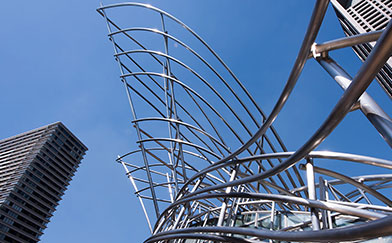
 The National Art Center,Tokyo
The National Art Center,Tokyo
Although it does not maintain a permanent collection, this museum hosts a variety of exhibitions and disseminates art-related information, making the most of one of the largest exhibition spaces in Japan. It hosts special exhibitions in diverse genres, from historic Western paintings to contemporary art, manga, fashion, and design. The building distinguished by its unique exterior with a beautiful wavelike glass curtain wall was designed by the architect Kurokawa Kisho, famous for projects such as the Nakagin Capsule Tower Building. Entry is free (exhibition admission fees are determined for each exhibition), and visitors have access to the restaurant, cafés, art library, and museum shop.
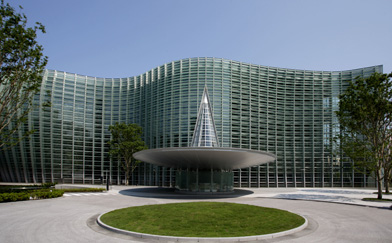
 National Center for Art Research
National Center for Art Research
With the credo of “connecting, deepening, and expanding art,” the National Center for Art Research serves as a new hub that links art museums, research institutions, and various stakeholders both in Japan and overseas, and not only conducts research in specialized fields, but also collects and disseminates information nationally and internationally, promotes the active use of art collections, builds interpersonal networks, enhances learning programs, supports artists and more.
